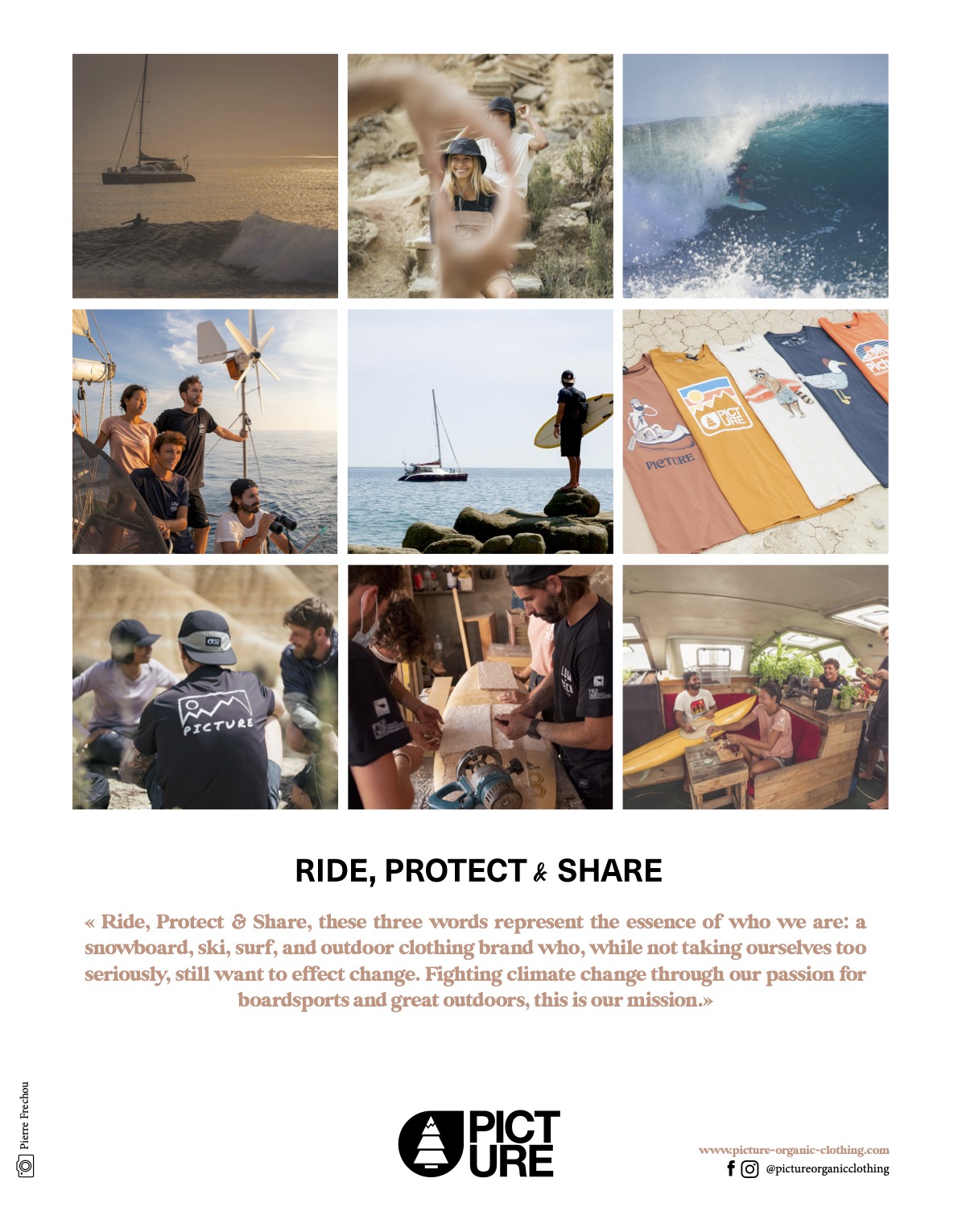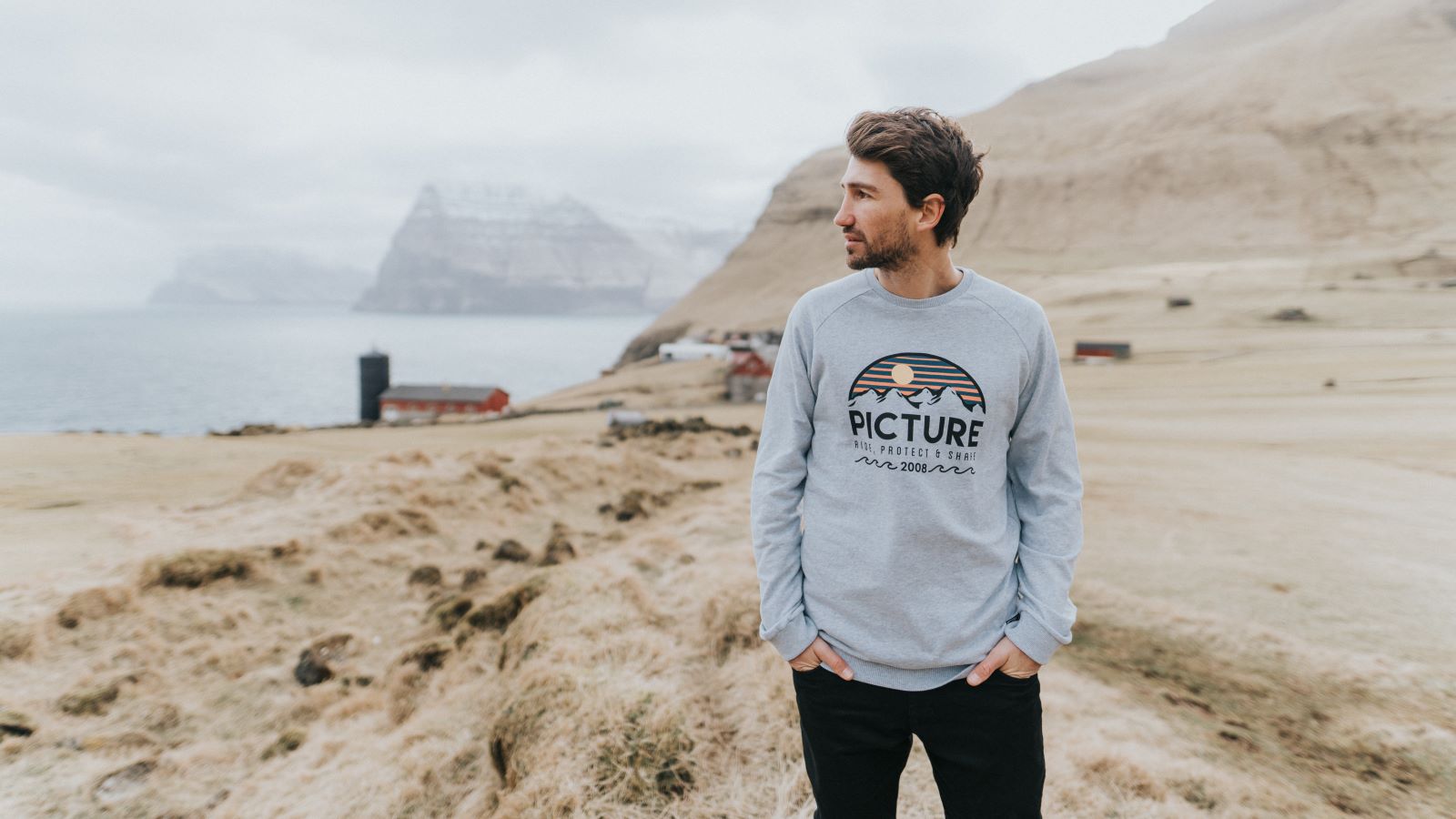
Picture CEO Julien Durant on 2021, Marketing & Environmental Standards
A year on and many more Covid disruptions later, we caught up with Julien Durant again, CEO of Picture, to see how the brand is getting on with the events of 2021 and their outlook for 2022. We’ve also delved into the brand’s view on sustainability, in terms of materials, production, marketing, and consumer habits. Picture’s Sustainability Manager, Florian Palluel and Sustainability Specialist, Gillian Rosh chipped in for some responses as well.
How’s everything with Picture?
We have struggled during Covid and our pre-orders are low. We had to reorganise our offer and accelerate a few things in our all-year-round brand project. We are currently accelerating in surf and outdoor to limit our dependence on our snow line.
We have lots of hope for the future and our FW22 pre-order season. Market growth is back! We hope that Covid will not kill that dynamic!
What have been the high and low points of the past 18 months?
High:
- Acceleration of our outdoor and surf offerings, in addition to also increasing our marketing focus on both of these categories
- Our team has been very professional and has given a great service to our retailers
- We have deeply increased our streetwear legitimacy
Low:
- We have struggled with cash flow
- Our inventory has strongly increased
- Some factories declared bankruptcy
- Transport has been, and is still, a mess
Which markets have performed best for you since Covid and which haven’t?
North America has gone up 50%, despite the fact that the market (without any mountain business) decreasing 80% (particularly in Benelux, the UK and Denmark).
DACH zone and France have either stayed flat or met a small loss, but in comparison to what most markets have experienced in this situation, these markets have been doing fine.
Have any significant changes had to be made to your supply chain due to Covid?
We had to concentrate our production to our main supplier, to reduce our risk of not being delivered.
We are producing most of our lifestyle products in Europe, which ensures we can still be efficient locally.
For outerwear, we relocation isn’t an option, so we’ve been working hand in hand with our Asian supplier to make sure we continue to handle the Picture project efficiently, to ensure we serve all of our customers.
For a company that started with eco consciousness in mind, how does it sit with you when other companies introduce flash in the pan, greenwashed marketing strategies?
To be honest it’s a worldwide challenge for all of us. Textiles are responsible for between 4% and 7% of climate change, so we must act. Even a small action is good when it comes from a big player (Nike, H&M …).
So, yes, we don’t like to see customers being manipulated by greenwashing, especially when it’s coming from the biggest companies, who use one action on one product and try to make people feel it is a company commitment. But, anyway, one action is better than nothing.
As a committed brand we must show the way, show that there is economic model which are profitable behind sustainability. And continue to innovate and move forward all the time. And finally following BCORP statement is a way to establish certain standard, and I hope BCORP could become the standard. All judge with the same criteria.
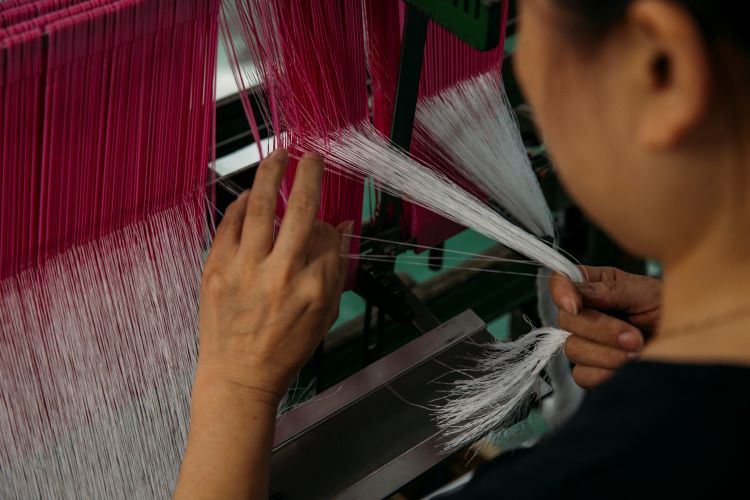
The next question has been answered by Picture’s Sustainability Manager, Florian Palluel and Gillian Rosh, Sustainability Specialist.
How do you feel the views of the end consumer have changed in relation to sustainability over the last few years?
We feel that consumers are demanding and expecting more sustainability from a company; whether it’s big pushes for better working conditions in factories (for example, right now, people are boycotting Victoria’s Secret for not paying their workers), or the materials used in the fabrics of their products (for example, Picture), or how the company treats their internal employees. Consumers have increased their sustainability perspectives, but this does not always translate to knowing what is better for people & the planet. As evidenced throughout history, consumers have been, and still are being, easily duped by companies; it’s especially hard for consumers to know if “having a collection made of recycled polyester” is impactful or if a fashion brand is only using it as a way of covering up other unsustainable practices.
Consumers are still learning the tools and which questions need to be asked in order to decipher which product is genuinely sustainable and which isn’t. Education is key, but the responsibility should not be placed entirely on the consumers’ shoulders. We can’t wait for people to become aware of all issues. On the contrary, the responsibility of governments and companies is huge to anticipate and influence (positively) consumers’ choices and rejections. They (we) have to work way better on environmental standards, carbon intensity, regulations, carbon taxes, policies, crystal clear communication, etc…, so that end consumers can make the right choice (for the climate and for the people) without even knowing it. There is a French brand called Loom that also say: “The most important thing is not to do well, but to prevent others from doing bad”. And this call only be achieved thanks to more regulations.
The answer for the next question comes from Sustainability Manager, Florian Palluel.
Talk to us about bio-sourcing…
Conventional technical polyester fabric (PET) consists of mono-ethylene-glycol (30%) and terephthalic acid (70%), both petro-chemical compounds.
Thankfully other solutions exist. It goes without saying that Picture has been using recycled polyester made from used plastic bottles since the very beginning, back in 2008. However, the brand is always looking for new solutions to wipe out its dependence, directly or indirectly, on fossil fuels. Bio-sourcing represents one of these solutions.
Well, what is bio-sourcing? In the case of a snow jacket, it means creating a fabric partially made with plant material such as sugar cane or castor beans. In general, plants that contain sucrose (beets, sugar cane…) or starch (wheat, corn…) can be transformed into bio-mono ethylene glycol (Bio-MEG) to replace conventional petroleum-based MEG.
Reorienting its strategy towards bio-sourcing represents a major commitment to the environment and to wiping out of the extremely polluting dependence on fossil fuels: oil in this case.
The shell fabric, which is derived from sugarcane waste and blended with recycled PET, reduces carbon emissions by 25% while providing the same level of durability and performance as traditional polyester. Picture’s short-term goal is to expand the use of bio-sourced materials throughout 100% of its technical apparel line.
For this FW21 season, the brand’s outerwear ranges are more sustainable than ever, using the biosourced polyester in 60% of the line.
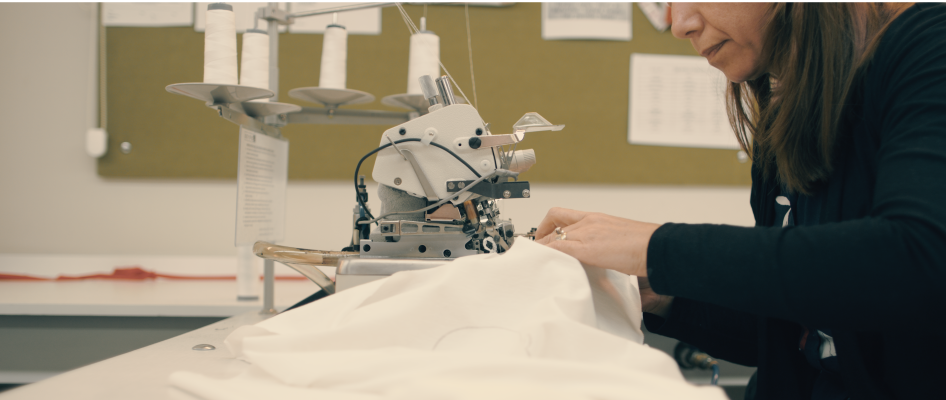
The textile industry’s main greenhouse gas emissions come from the energy consumed in the product manufacturing process. What can we do?
All info can be found here: https://news.picture-organic-clothing.com/en/low-carbon-electricity/
Exactly. This topic is crucial and yet far from being identified as a way for improvement for many brands.
The process begins by mapping the emissions. Most of the time, for a textile brand, you find the main emissions coming from the spinning, weaving, and dyeing stages, because these machines use lots of electricity. This isn’t ideal as electricity production from coal and gas is the number 1 cause of greenhouse gases emissions in the world. An energy transition towards low carbon energies is a top priority.
Simply put, there are two main actions possible to start the energy transition, for Picture and for any other brands.
1) “Energy reshoring”
This means moving production to countries with low-carbon electricity. France, Portugal, Vietnam (lesser degree), and certain Eastern European countries are examples of where low-carbon textile manufacturing exists.
2) Low-carbon electricity produced on-site by our partners
This means, for example, encouraging our partners (yarn and fabric preparation, dyeing and finishing, etc.) to invest in solar panels to produce a portion of their own electricity needs, reducing their dependence on their country’s national electric system, which uses a high-carbon mix (coal and natural gas) for energy production. As of now (November 2021), two solar projects are in place within our supply chain. The first is in Taiwan (lamination factory) and the second in Turkey (Ucak, yarn and knitting factory for approximately 35% of their electricity needs). For Turkey, the calculations need to be refined, but the cumulative reduction over the first 4 months of operation is about 2000 tons of CO2.
One thing is certain: brands much bigger than ours need to contribute, otherwise not much will happen. We represent a very small volume of production (and revenues) for our targeted partners relative to the changes that we would like to encourage them to make! To date, we have had very little influence.
There is also another way to view the situation. Our business automatically increases the energy needs in certain countries, which makes their transition to low-carbon energy more complicated and costly. We are directly responsible. Financial investments, providing direct assistance, and working with other brands in the industry offers a more than fair return for everyone; while the CO2 emissions are local, their impact on the climate is global.
3) More regulations
We need more regulations and government intervention to speed up the transition. There is talk about putting a price on carbon emissions for all imports in an effort to steer companies towards manufacturing in countries with low CO2 emissions. This initiative, included in the European Commission’s Energy and Climate Package, will contribute to reducing greenhouse gas emissions in the EU by 55% between now and 2030. However, for the moment the textile industry is not affected. Only those industries directly emitting CO2 are currently targeted, this includes electricity generation, as well as iron, steel, aluminium, cement, and fertiliser production.
Without regulations of this type to “force” brands to improve and “reshore electricity,” any progress made will likely be slow and marginal.
Finally, if the electricity generated to power the machines used to make textile products results in CO2 emissions, there is a root cause: demand from the brands. Viewing the problem (and the solution) purely in terms of energy and technology would be a huge mistake.
We also need to question our need as a society to produce and consume so much.
Aiming for greater moderation and restraint (reducing our energy needs) is critical.
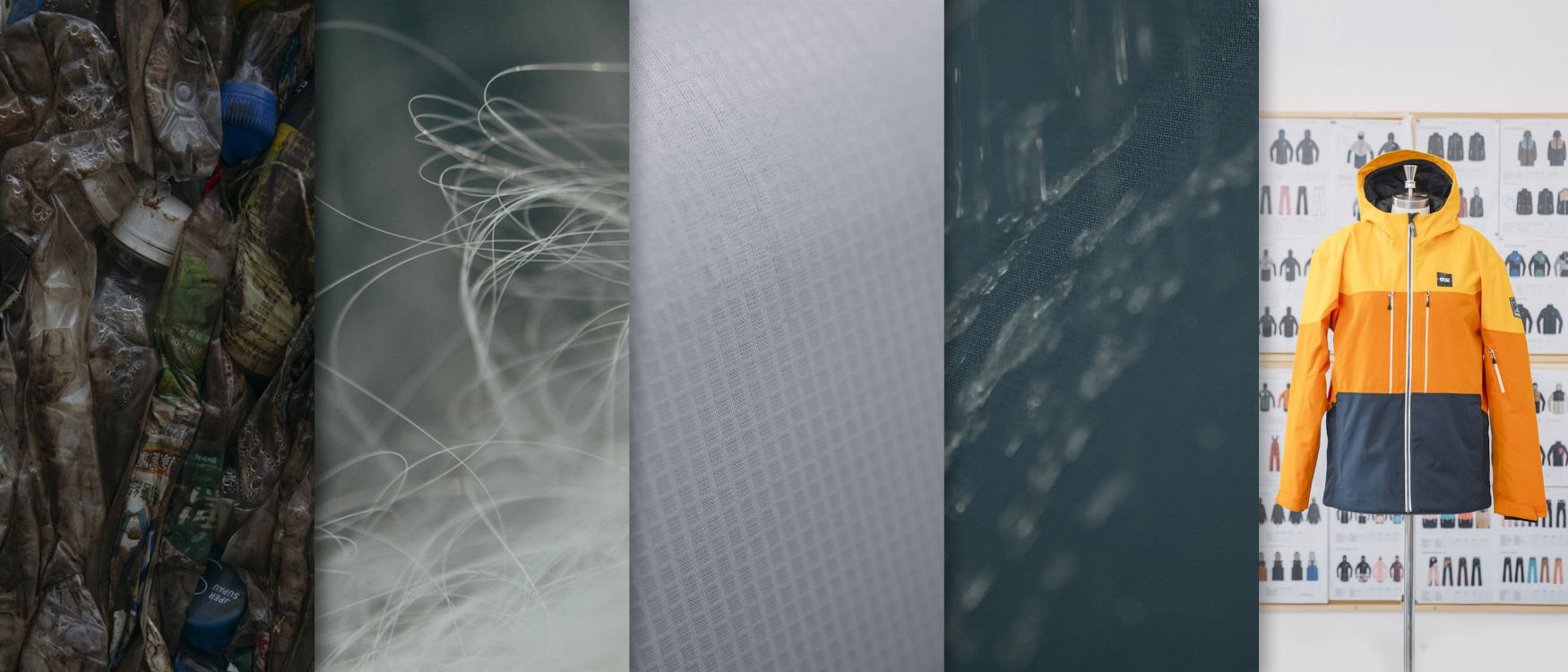
Nothing’s more eco-friendly than repairing, reusing, and prolonging the lifespan of garments… talk to us about your rental operation.
Yet the fashion industry needs to fix its end-of-life troubles. We see rental as an opportunity to see how we can get more out of our products. (And how you can have more fun using them).
Renting can help us have less volume of production. Producing less = less emissions.
The new model of consuming goods needs to look different. There’s one thing we know – keeping a product in use for longer is always better for the planet. That’s why we are launching a rental service. Our products can be used many times by many people for a longer time.
Rental has potential. That’s what we believe. At Picture, we read the studies, reports, and stories on how companies are implementing rental services. It’s mixed reviews like transport emissions may be higher. At Picture, we like to be experimental and test things out for ourselves. This is why we are launching a rental service. We want to see, for ourselves and our consumers, how we can make rental a positive for the planet.
What next steps are you planning for your sustainability program?
It’s a global plan. We try to listen as much as possible to experts, climate scientists, IPCC scientists, energy engineers, specialised consulting companies, think tanks, etc… Based on what they say and publish, we have identified 5 big pillars for a clean, realistic, and challenging climate strategy at a global scale, that we can also implement at our scale. B CORP is also a huge tool to drive our global commitment.
Those pillars are:
1) Carbon accounting
2) Energy transition
3) Sobriety (it means reducing the energy need, a proper energy transition will never be achieved if we don’t reduce the energy need. This sobriety pillar is systemic, political and will definitely question our economic model. A synonym for sobriety can be degrowth or post-growth)
4) Increasing the capacity of natural carbon sinks
5) Carbon capture technologies.
Behind all of these topics you can put concrete actions such as our lifetime repair warranty, lobbying for more carbon taxes on imports, clearer carbon accounting, putting production in Portugal as a low carbon country, more solar panels with our partners in Turkey and Taiwan, investments in low carbon projects as part of our contribution to carbon neutrality, more educational programs on climate, energy and overconsumption issues with our employees and partners… well, the list could be very long!
There is also a huge topic of anticipation: future systemic risks that can affect people and our business. A shortage of energies, end of oil, less snow, more health issues, more climate consequences next to our factories in Asia, etc… Welcome to the Anthropocene!






